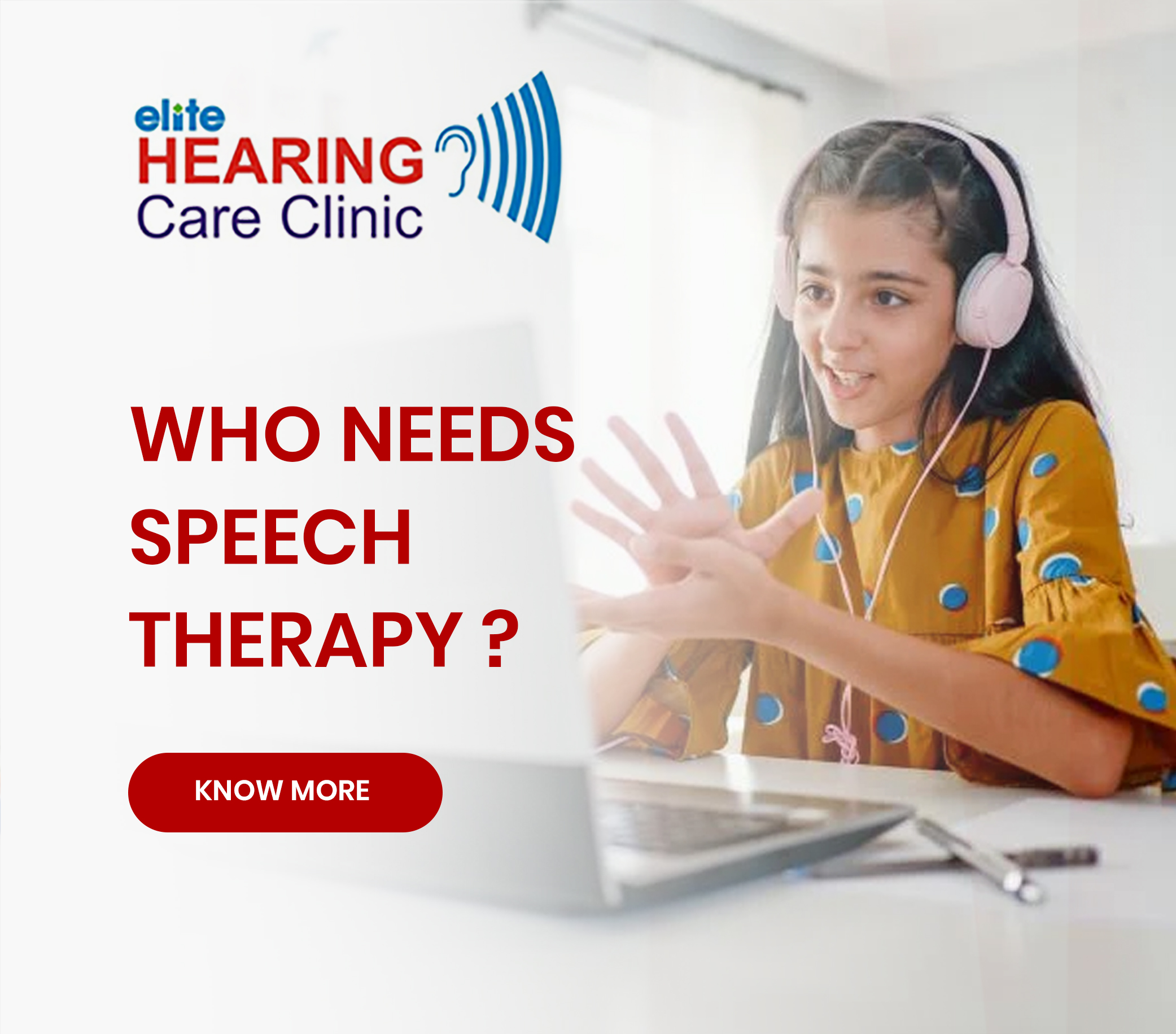Speech therapy is a form of treatment that focuses on improving communication skills in individuals who struggle with speech, language, or other communication-related issues. It’s a crucial aspect of healthcare that has a positive impact on the quality of life of individuals, especially children. If you or someone you know is facing challenges with speech and language, Speech Therapy in PCMC can help.
What Happens During Speech Therapy in PCMC?
Speech Therapy in PCMC is usually conducted by a licensed and experienced speech-language pathologist. During therapy sessions, the therapist will assess the individual’s communication skills, identify any areas of difficulty, and develop a personalized treatment plan to address the specific needs of the individual.
Speech Therapy in PCMC can make a significant difference in the lives of individuals facing speech and language challenges. With personalized treatment and experienced therapists, individuals can overcome their challenges and improve their communication skills.
Who Needs Speech Therapy ?
Speech therapy is not just for children who have a speech impediment, but it can also benefit adults who are facing speech-related issues due to a variety of reasons, including but not limited to:
Speech disorders: Children with speech disorders such as stuttering, lisping, or a cleft palate can benefit from speech therapy.
Language disorders: Children and adults with language disorders, such as aphasia, may benefit from speech therapy to improve their language skills.
Cognitive communication disorders: Individuals with cognitive communication disorders, such as traumatic brain injury, may also benefit from speech therapy.
Speech and language delay: Children with a speech and language delay can benefit from speech therapy to catch up with their peers and improve their communication skills.

What Is Speech Therapy ?
WHAT ARE THE COMPONENTS OF SPEECH THERAPY ?
- Phonation
- Producing sound
- Resonance
- Fluency
- Intonation
- Variance of pitch
- Voice, including aeromechanical components of respiration.
- What are the components of Language therapy?
- Phonology
- Manipulating sound according to the rules of a language
- Morphology, understanding, and using minimal units of meaning
- Syntax, constructing sentences by using languages’ grammar rules
- Semantics, interpreting signs or symbols of communication to construct meaning
- Pragmatics, social aspects of communication.
For your child, speech therapy may take place in a classroom or small group, or one-on-one, depending on the speech disorder. Speech therapy exercises and activities vary depending on your child’s disorder, age, and needs. During speech therapy for children, the SLP may:
- Interact through talking and playing, and using books, pictures other objects as part of language intervention to help stimulate language development
- Model correct sounds and syllables for a child during age-appropriate play to teach the child how to make certain sounds
- Provide strategies and homework for the child and parent or caregiver on how to do speech therapy at home

Speech therapy for adults also begins with assessment to determine your needs and the best treatment. Speech therapy exercises for adults can help you with speech, language, and cognitive communication. Therapy may also include retraining of swallowing function if an injury or medical condition, such as Parkinson’s disease or oral cancer has caused swallowing difficulties. Exercises may involve:
- Problem solving, memory, and organization, and other activities geared at improving cognitive communication
- Conversational tactics to improve social communication
- Breathing exercisesfor resonance
- Exercises to strengthen oral muscles

Neurogenic communication disorders are defined as an individual’s inability to exchange information with others due to some form of nervous system impairment. These hurdles are often procured in adulthood, typically resulting from brain damages due to stroke, traumatic brain injury (TBI), brain tumors, or progressive neurological diseases (Parkinson’s disease, Alzheimer’s dementia, ALS, or primary progressive aphasia).
Children can also experience neurogenic communication disorders occurring from car accidents, acute illnesses, recovery from surgery, or sports accidents.
Neurogenic communication disorders include:
- Aphasias – disturbances in the formulation or comprehension of language.
- Apraxia of speech – the inability to translate speech plans into the motor activity of speaking. This condition is also known as verbal apraxia or dyspraxia, and it is considered a speech sound disorder.
- Dysarthrias – disturbances in muscle control that affect speech production.

STUTTERING THERAPY
Many of the current therapies for teens and adults who stutter focus on helping them
learn ways to minimize stuttering when they speak, such as by speaking more slowly, regulating their breathing, or gradually progressing from single-syllable responses to longer words and more complex sentences. Most of these therapies also help address the anxiety a person who stutters may feel in certain speaking situations.
ARTICULATION TREATMENT
Any child and adult have misarticulation problem (tutlana), he need a proper speech therapy and taught and how to correct use of speech organs for speaking the correct word. Children may mispronounce sounds until the age of eight years. Parents can facilitate pronunciation of speech sounds by providing many opportunities for the child to hear and say the sound correctly. Since hearing affects sound acquisition, be sure to have your child’s hearing screened regularly.

Conclusion
If you’re interested in exploring speech therapy for yourself or a loved one, it’s important to schedule an evaluation with a licensed and experienced speech-language pathologist. During the evaluation, the therapist will assess the individual’s communication skills and develop a personalized treatment plan to meet their specific needs.




